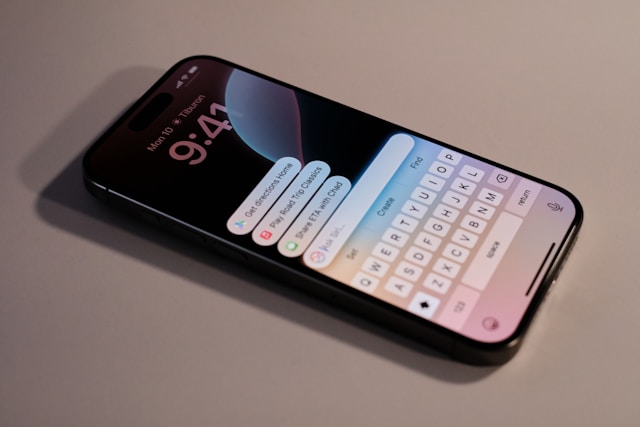
Apple quietly dropped the public beta of iOS 26 this week, and while the flashiest features—like the new “Liquid Glass” aesthetic—will grab the headlines, the story worth watching is the company’s continued campaign around personal privacy.
Some of what’s new is obvious: call screening that acts like a digital secretary, upgraded message filtering, and a privacy-focused Safari that’s becoming more like a shield than a browser. But the bigger message from Apple is subtler: privacy isn’t just a feature; it’s an expectation. One that too many iPhone users still aren’t meeting.
Call Screening Enters the Chat
At the top of the privacy list is Call Screening, which does exactly what the name suggests. When an unknown number dials in, iOS 26 fields the call before you even hear a ring. It politely asks who’s calling and relays the response to you in real time—no need to pick up and no awkward hang-ups when it’s clearly spam.
In practice, it works like a bouncer for your phone. Telemarketers and robocallers are quickly filtered out. Real people get a chance to identify themselves. You decide if the conversation’s worth having. For anyone tired of dodging scam calls and vague voicemails, it’s a small feature with a big payoff.
Messages Get Smarter (and Quieter)
Text message filtering also levels up in iOS 26. Apple now lets you corral messages from unknown numbers into a separate inbox, alongside suspected spam. It’s not revolutionary, but it tightens the safety net. If a message smells off, you won’t have to see it—unless you go looking.
This shift toward filtered communication is more than cosmetic. It shows Apple’s long game: making the iPhone feel safe and personal again, like a space that’s curated rather than chaotic.
Privacy Tools You Should Already Be Using
iOS 26 may bring new tricks, but it’s also a reminder: you’ve probably been ignoring the privacy features you already have.
Take Stolen Device Protection, for example. Introduced in iOS 17.3, it’s a powerful deterrent. If your iPhone is stolen and moved outside familiar locations, like home or work, the thief won’t get far. Face ID becomes mandatory for even the most basic changes—like accessing your Apple ID or changing your passcode.
Despite its obvious value, Apple says that nearly half of users still don’t have it turned on.
Then there’s Activation Lock—enabled by default with Find My—but often misunderstood. Even if someone wipes your phone, they’ll still need your Apple ID and password to bring it back to life. It’s not new, but it remains one of the strongest anti-theft measures in mobile tech.
If you’re someone who browses job boards discreetly or keeps sensitive conversations locked away, iOS 26 continues support for Face ID-locked apps and hidden app folders. They’re easy to enable with a long press and a few taps. It’s security without friction.
Hide My Email, Safari Tracking Shields, and What Comes Next
For iCloud+ subscribers, Hide My Email continues to be a quiet MVP. It lets you create burner email addresses for each website you sign up with—messages still hit your inbox, but your real address stays buried.
It’s the kind of feature that feels paranoid until it saves you from a breach or a marketing spam cascade.
In Safari, Apple’s adding Advanced Fingerprint Protection, designed to stop websites from building a composite identity using your browser habits and device settings. Think of it as camouflage for your digital footprint—especially useful in an age of aggressive data profiling.
The Subtext of iOS 26
Apple isn’t preaching. But the rollout of iOS 26—with its increasingly aggressive privacy defaults and tools—feels like a nudge. A reminder that in a world that trades data for convenience, you don’t always have to pay the toll.
The question isn’t what Apple is doing to protect your data. The question is whether you’re actually using what they’ve already given you.
Follow us on WhatsApp, Telegram, Twitter, and Facebook, or subscribe to our weekly newsletter to ensure you don’t miss out on any future updates. Send tips to editorial@techtrendsmedia.co.ke


